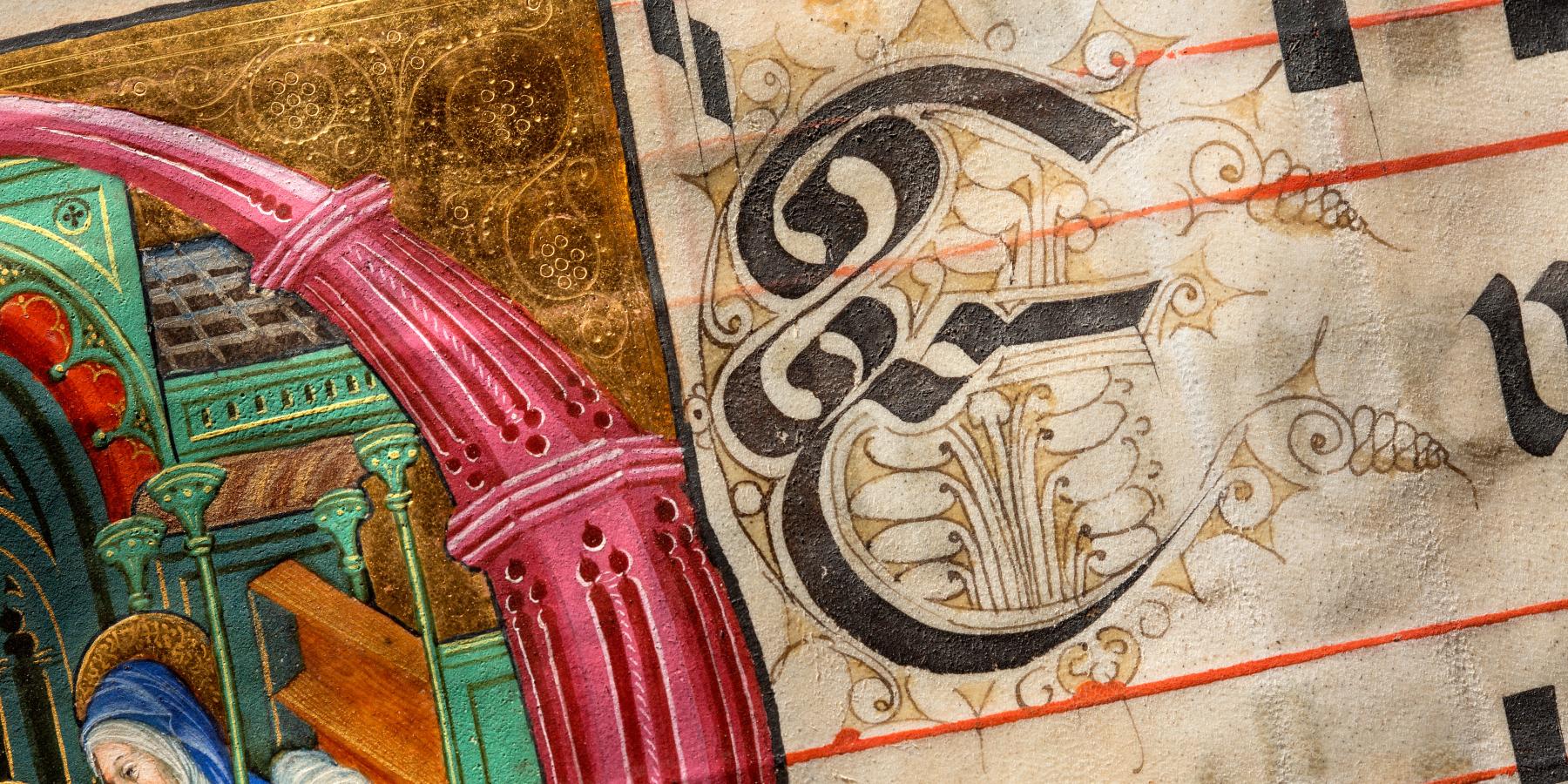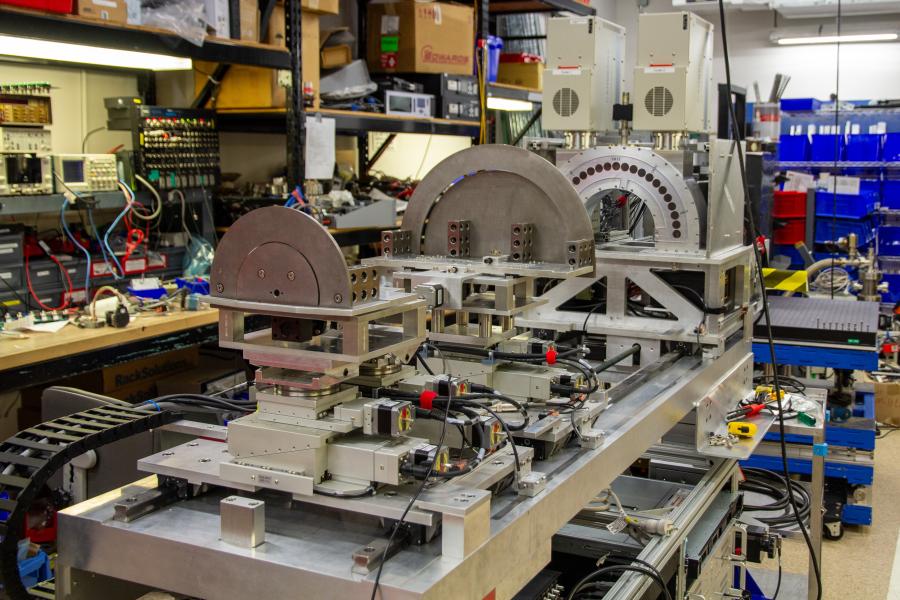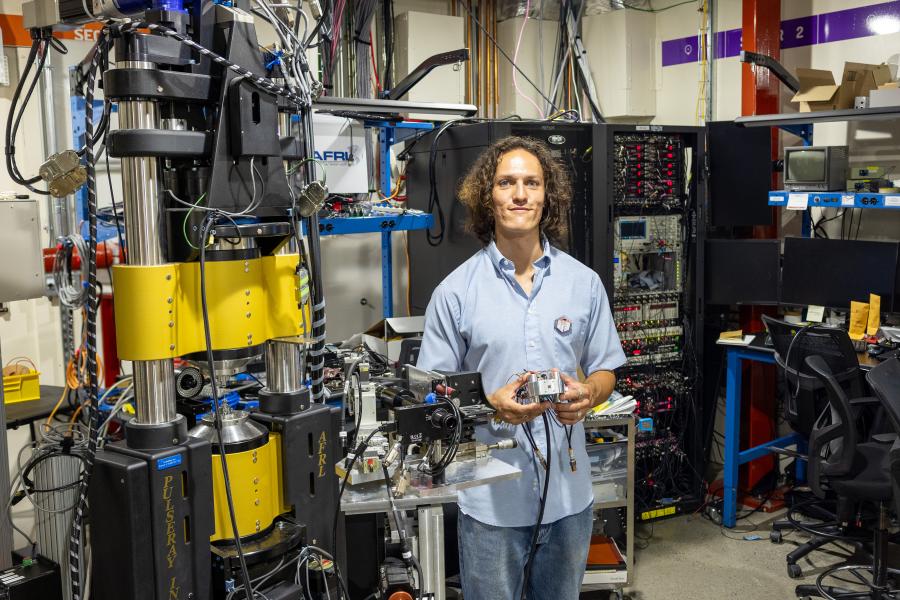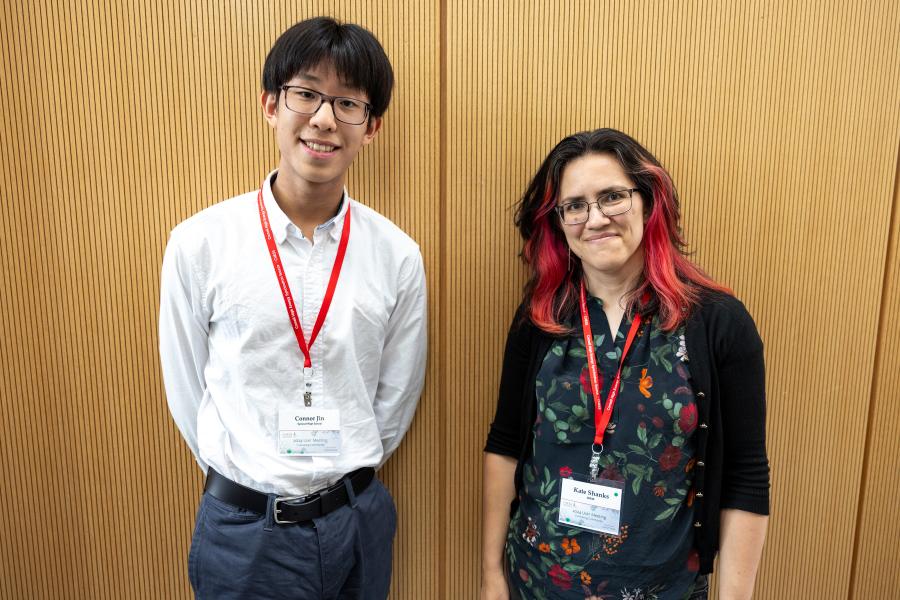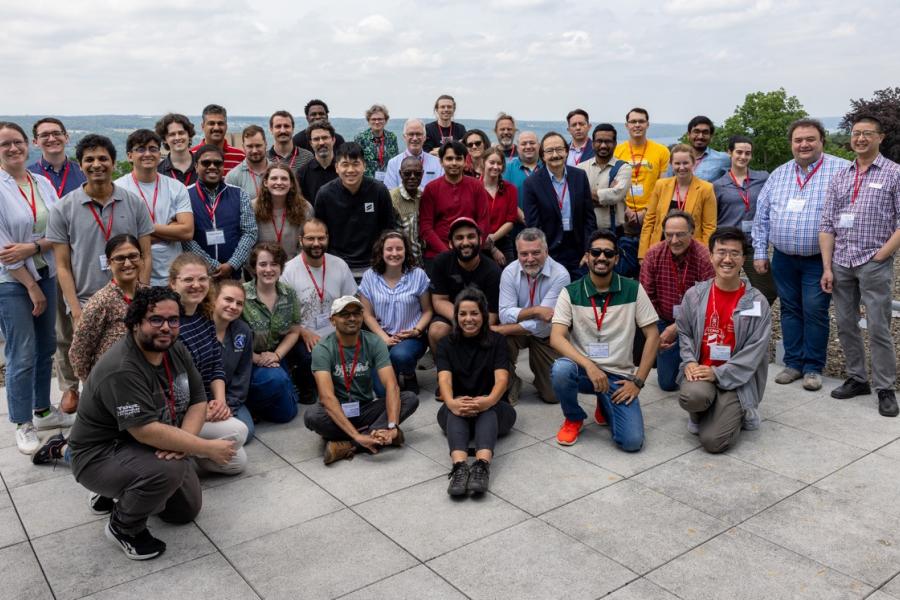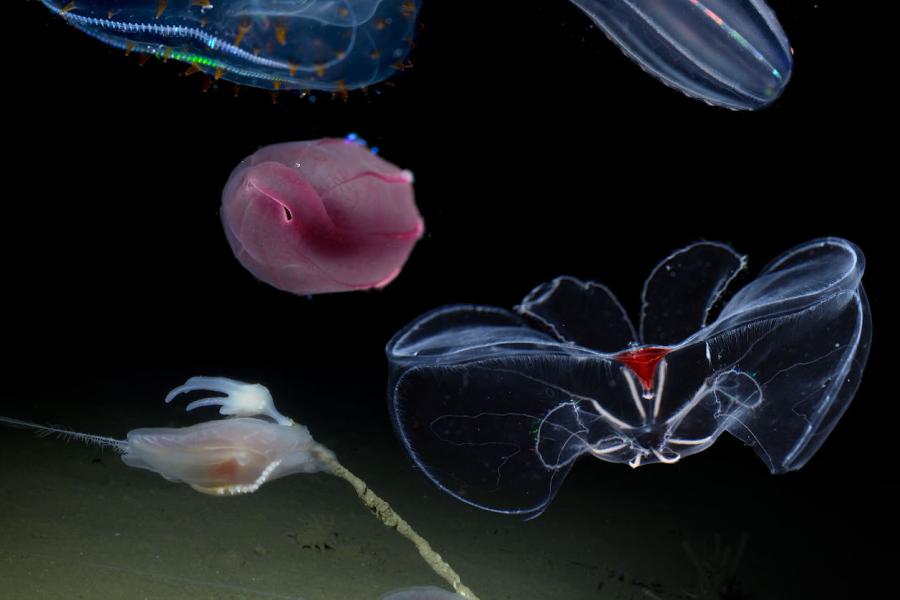Sidebar Menu (View Pages)
- Status
- ⌃ Science
- ⌃ Users
- ⌃ Facilities
- ⌃ Public
- Industry
- ⌃ About
Tags
Featured
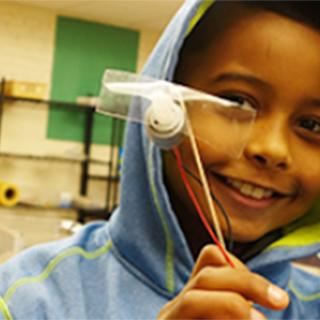
Elementary schoolers stretch their minds at CHESS
Last fall, 4th and 5th graders at Beverly J. Martin Elementary School stretched their minds with engineering and design, finishing each academic week with a high-engagement science experience offered by Xraise Cornell, the K-12 outreach team for CLASSE.
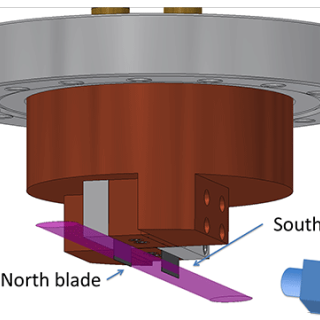
Novel video beam position monitor for canted undulators at CHESS
X-ray beam position monitors are used on all X-ray beam lines at CHESS for beam stabilization, characterization and diagnostics. The most commonly used beam position monitors at light sources today are the photo-electron (P.E.) monitors.
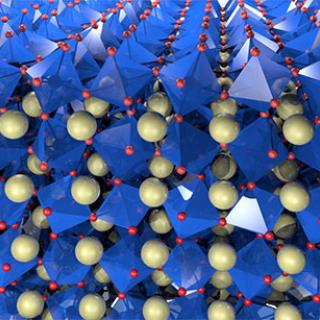
New 'knobs' can dial in control of materials
Designing or exploring new materials is all about controlling their properties. In a new study, Cornell scientists offer insight on how different “knobs” can change material properties in ways that were previously unexplored or misunderstood.

CHESS user Stebner awarded NSF Career Award
CHESS is pleased to congratulate one of our new principal investigators for 2014, Professor Aaron Stebner from the Colorado School of Mines, for being the recent recipient of a National Science Foundation (NSF) Career award to study anisotropy and asymmetry of shape memory alloys and stainless steels using far field X-ray diffraction.
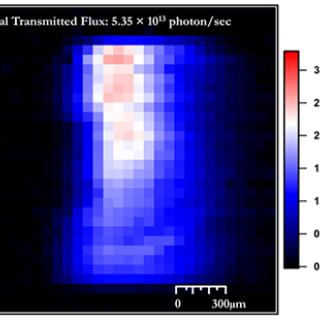
G-line shatters CHESS flux records, prepares for Summer 2015 optics upgrade
Thanks to the installation of two canted undulators last November*, both G1 and G3 have recently achieved best-ever photon fluxes in the last several months, despite temporary operation at reduced current.
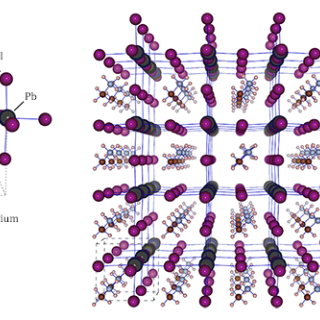
Role of spectator ion revealed for the processing of halide perovskites
We often consider bystanders and spectators unimportant, however in chemical reactions they can make a difference, as shown in a recent paper by David Moore and coworkers [1], that just came out in Journal of the American Chemical Society (JACS).
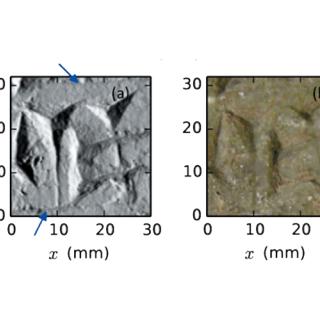
Read 1000 BC Middle East gypsum tablet with X-ray fluorescence
Many ancient inscriptions on stones have been worn and weathered, and the original text is no longer visible. Scanning X-ray fluorescence (SXRF) imaging of chemical tracing elements on epigraphy has been used to significantly improve the legibility of heavily weathered and worn stone surfaces.
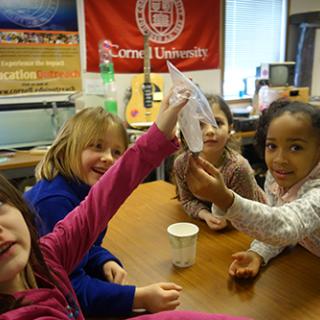
Xraise engages audiences in engineering initiatives
Xraise has been playing an active role in coordinating learning activities addressing the engineering design standards featured in the Next Generation Science Standards (NGSS).
